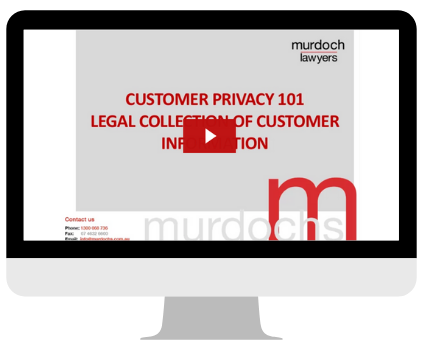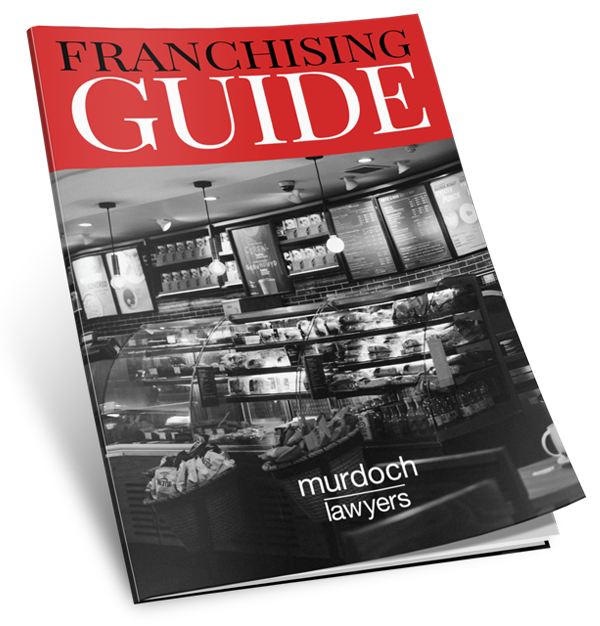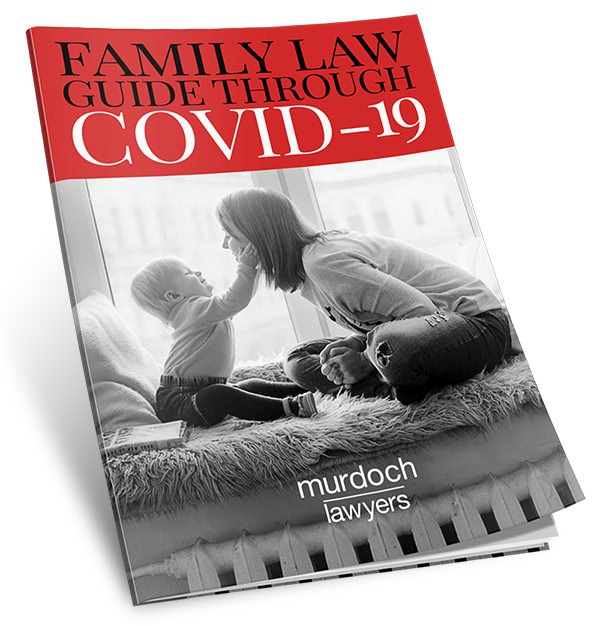
A co-ownership agreement allows two or more parties, who intend to own a property together, to set out their understating and their obligations regarding that property from the outset.
Why do you need a co-ownership agreement?
Anyone can have a co-ownership agreement, but there are two broad scenarios in which they’re common.
The first is where people who aren’t in a de facto or marital relationship want to buy a property together. They might be brother and sister, or friends, for example. They’re just trying to get into the property market or perhaps taking on their first investment property. They decide to buy the property 50:50 or 40:60 or in whatever proportions suit their needs, with the intention that in a few years they’ll sell it on for a profit.
In that scenario, there isn’t the same level of trust as you’d see between a married couple, so they’re keen to get the ground rules clear and formalised right from the start.
The second common scenario is a de facto or married couple who are entering a second relationship, especially where there are children of the first marriage. It’s important to note, however, that a co-ownership agreement is not the same thing as a binding financial agreement. If the relationship breaks down, the Family Court may consider your co-ownership agreement as evidence of your intentions, but it is not bound by it when ordering a property division.
What you should put in your co-ownership agreement
There are several things you should put in your agreement. Everyone’s circumstances are different, but most agreements will include the following:
Under what circumstances can you sell the property?
It isn’t uncommon for one person to want to sell the property down the track, while the other wants to keep it. In Queensland, if you do not have a co-ownership agreement (and the property is not part of a matrimonial property settlement), the person who wants to keep it is out of luck. Section 38 of the Property Law Act 1974 (Qld) allows a co-owner to seek the appointment of a statutory trustee and ‘force’ a sale, regardless of whether the other co-owners agree.
The Act also lists some grounds on which you can oppose a section 38 appointment. One of those is that any terms of a co-ownership agreement must be complied with before a sale can be forced. That gives you an opportunity to enforce any terms in the agreement that deal with a sale. These might include:
- If one party wants to sell, they must offer it to the other person before forcing a sale;
- If the other person wants to buy, the current value of the property will be determined by an independent valuer (or another mechanism);
- The buyer will have a set period of time to obtain finance for the purchase. Often it can be difficult for one person who’s used to paying a mortgage on half a property to now have to find the money to buy out the other person, so the agreement should give them time to get their finances sorted.
- The ability for the buyer to buy out the seller over a period of time in instalments, to reduce the financial hardship on them if the other person wants to sell.
Who’s going to cover the outgoings and the expenses?
This is especially important when there is a mortgage or mortgages involved, particularly where one person is paying more than the other. Are all the other expenses split equally, or in different proportions?
What happens if one person stops paying their mortgage?
This can land the other person in a situation where either the bank forces a sale on that property, or they have to start paying the other person’s mortgage as well as their own. A co-ownership agreement can provide additional rights to the innocent party against the defaulting party in this situation.
What happens if one person loses capacity or dies?
A co-ownership agreement should also be made binding on executives and attorneys.
For example, it can specify that if one of the parties loses capacity, their attorney (the person who has the power of attorney over their affairs) cannot sell the property to fund their care until all other avenues have been exhausted. Perhaps they need to find $200,000 for a bond for their care facility, for example. If there is a co-ownership agreement in place, it means that the attorneys have to look to superannuation or other assets first, rather than selling the property to get that money (leaving the other co-owner to remain in the home).
This is particularly useful where the agreement is between two parties to a second relationship.
It is very common for adult children to have the power of attorney over elderly parents. If their father owns a house with a later-in-life partner and then needs to go into care, they might want to sell the house to pay for it. The father, on the other hand, doesn’t want to leave his partner with nowhere to live. A co-ownership agreement as part of your overall estate planning can assist in protecting the co-owners interests in this situation.
Make your agreement in the good times, not the bad
The earlier you make your co-ownership agreement, the better. If you can set the ground rules and document it all now whilst you’re still in agreement, that’s ideal.
If things go wrong down the track and emotions are running high, it’s better to be able to look back on an existing agreement than to try and hammer out a new one.
If you wish to discuss your circumstances or would like to set up a Co-Ownership Agreement, contact our lawyers today at 1300 068 736.




